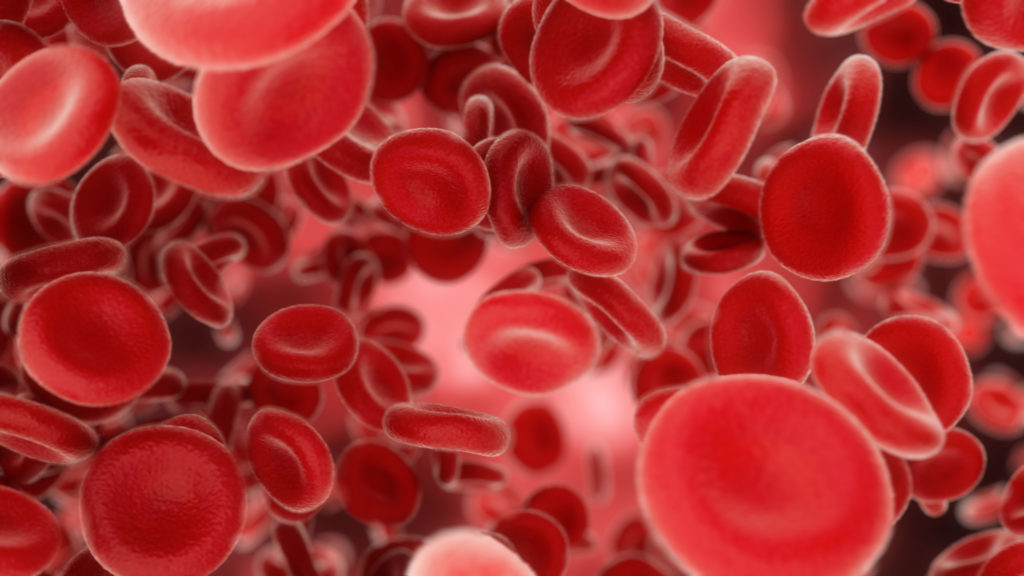DIC scale online calculator

Disseminated intravascular coagulation syndrome – is a is a blood clotting disorder due to increased thrombosis.
Online calculator DIC scale:
≥100
50-<100
<50
No increase
Moderate increase
Severe increase
<3
3 – <6
≥6
≥1
<1
| Score | Diagnosis |
|---|---|
| 0 | 0 |
Diagnostic criteria for overt DIC:
| Variable | Results | Points |
| Platelet count, cells x 109/L | ≥100 | 0 |
| 50 to <100 | 1 | |
| <50 | 2 | |
| Elevated levels of a fibrin-related marker* (e.g. D-dimer, fibrin degradation products) | No increase | 0 |
| Moderate increase | 2 | |
| Severe increase | 3 | |
| Prolonged PT, seconds | <3 | 0 |
| 3 to <6 | 1 | |
| ≥6 | 2 | |
| Fibrinogen level, g/L | ≥1 | 0 |
| <1 | 1 |
Results:
| Score | Diagnosis |
| <5 | Not suggestive of overt DIC, may be non-overt DIC; repeat within next 1-2 days and manage clinically as appropriate |
| ≥5 | Compatible with overt DIC; treat for DIC as appropriate and repeat scoring daily |
<5 – points: no obvious disseminated intravascular coagulation is expected but does not exclude latent disseminated intravascular coagulation; repeat tests over the next 1-2 days and treat clinically as needed.
> 5 – points: the condition is compatible with overt disseminated intravascular coagulation; treat disseminated intravascular coagulation and repeat scoring daily.
When to apply?
Patients with suspected overt disseminated intravascular coagulopathy (DIC), for example, against the background of malignant neoplasms, severe infection or sepsis, obstetric complications, trauma, prolonged immobilization.
Why uses this scale?
- DIC syndrome is a syndrome that complicates number of diseases. It is characterized by systemic activation of pathways leading to the formation of fibrin clots, which can cause multiple organ failure with concomitant decreases in platelets and clotting factors, which can lead to bleeding.
- This calculator can help identify possible overt and implicit DIC in patients with underlying medical conditions that increase the risk of coagulopathy.
Benefits / Limitations.
- The presence of diseases known to be associated with disseminated intravascular coagulation is a prerequisite for using this scale.
- Higher scores are highly correlated with higher mortality rates.
- The coagulation profile (platelet level, prothrombin time, D-dimer, fibrinogen) gives us an idea of the dynamic nature of DIC. For monitoring, it is important to conduct a series of tests over time.
- This scale is not universal for all categories of patients. For example, if bleeding is suspected due to liver failure and disseminated intravascular coagulation is less likely, liver function tests may be useful, which may be more appropriate to confirm the diagnosis.
The diagnosis of disseminated intravascular coagulation should be made based on appropriate clinical symptoms, confirmed by suitable laboratory tests.
DIC syndrome is a complication of a wide range of pathologies. It is imperative to determine the underlying clinical condition to develop appropriate treatment strategies. The final decision on the tactics of patient management should not be based only on this scale.
References:
- Bakhtiari K, Meijers JC, de Jonge E, Levi M. Prospective validation of the International Society of Thrombosis and Haemostasis scoring system for disseminated intravascular coagulation. Crit Care Med. 2004 Dec;32(12):2416-21. doi: 10.1097/01.ccm.0000147769.07699.e3. PMID: 15599145.
- Ph. Cauchie Ch. Cauchie K. Zouaoui Boudjeltia E. Carlier N. Deschepper D. Govaerts M. Migaud‐Fressart B. Woodhams D. Brohée Diagnosis and prognosis of overt disseminated intravascular coagulation in a general hospital—Meaning of the ISTH score system, fibrin monomers, and lipoprotein–C‐reactive protein complex formation. American Journal of Hematology 81:414–419 (2006).
- Di Nisio M, Thachil J, Squizzato A. Management of disseminated intravascular coagulation: a survey of the International Society on Thrombosis and Haemostasis. Thromb Res. 2015 Aug;136(2):239-42. doi: 10.1016/j.thromres.2015.05.022. Epub 2015 May 23. PMID: 26033399.
- Gando S, Saitoh D, Ogura H, Fujishima S, Mayumi T, Araki T, Ikeda H, Kotani J, Kushimoto S, Miki Y, Shiraishi S, Suzuki K, Suzuki Y, Takeyama N, Takuma K, Tsuruta R, Yamaguchi Y, Yamashita N, Aikawa N; Japanese Association for Acute Medicine Sepsis Registry Study Group. A multicenter, prospective validation study of the Japanese Association for Acute Medicine disseminated intravascular coagulation scoring system in patients with severe sepsis. Crit Care. 2013 Jun 20;17(3):R111. doi: 10.1186/cc12783. PMID: 23787004; PMCID: PMC4056654.
- Sivula M, Tallgren M, Pettilä V. Modified score for disseminated intravascular coagulation in the critically ill. Intensive Care Med. 2005 Sep;31(9):1209-14. doi: 10.1007/s00134-005-2685-2. Epub 2005 Jun 15. PMID: 15959760.
- Taylor FB Jr, Toh CH, Hoots WK, Wada H, Levi M; Scientific Subcommittee on Disseminated Intravascular Coagulation (DIC) of the International Society on Thrombosis and Haemostasis (ISTH). Towards definition, clinical and laboratory criteria, and a scoring system for disseminated intravascular coagulation. Thromb Haemost. 2001 Nov;86(5):1327-30. PMID: 11816725.
- Toh CH, Hoots WK; SSC on Disseminated Intravascular Coagulation of the ISTH. The scoring system of the Scientific and Standardisation Committee on Disseminated Intravascular Coagulation of the International Society on Thrombosis and Haemostasis: a 5-year overview. J Thromb Haemost. 2007 Mar;5(3):604-6. doi: 10.1111/j.1538-7836.2007.02313.x. Epub 2006 Nov 10. PMID: 17096704.
- Toh CH, Alhamdi Y, Abrams ST. Current Pathological and Laboratory Considerations in the Diagnosis of Disseminated Intravascular Coagulation. Ann Lab Med. 2016 Nov;36(6):505-12. doi: 10.3343/alm.2016.36.6.505. Erratum in: Ann Lab Med. 2017 Jan;37(1):95. PMID: 27578502; PMCID: PMC5011102.





